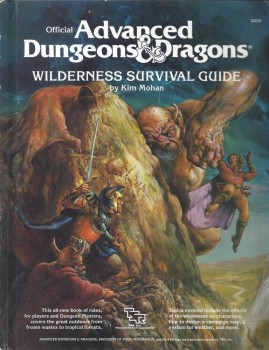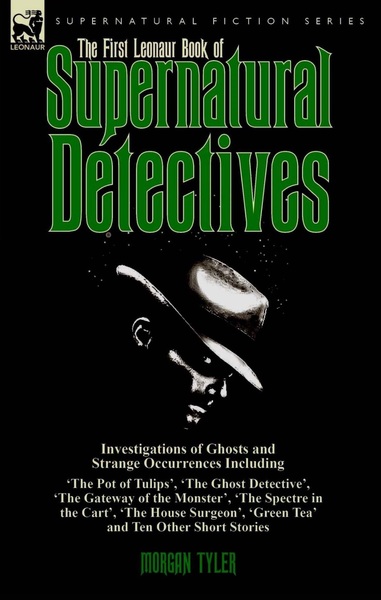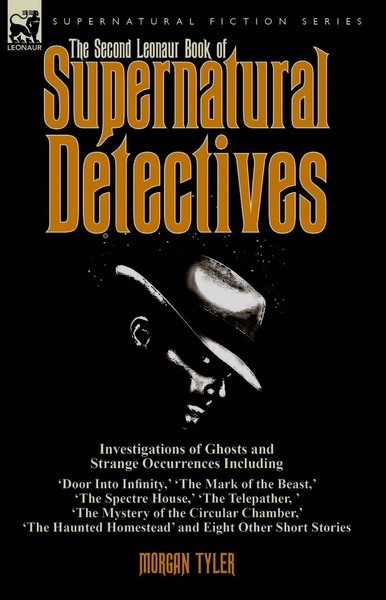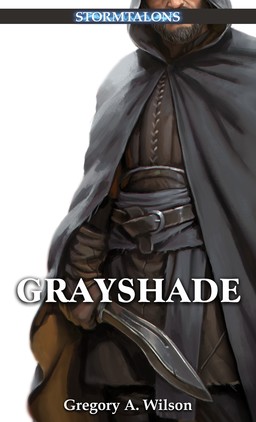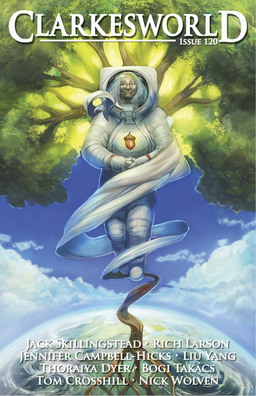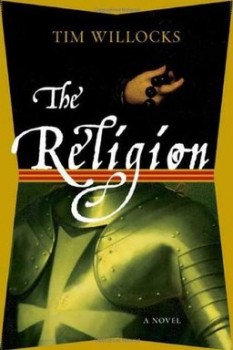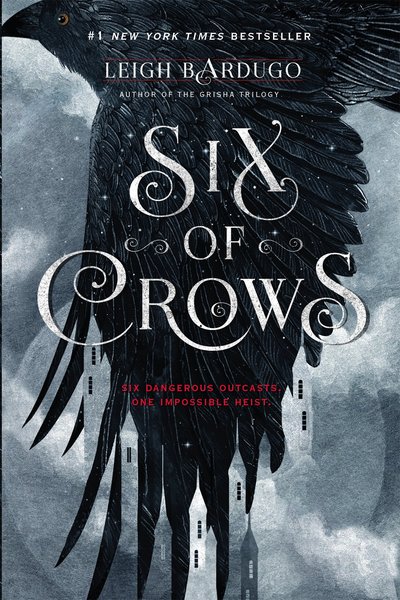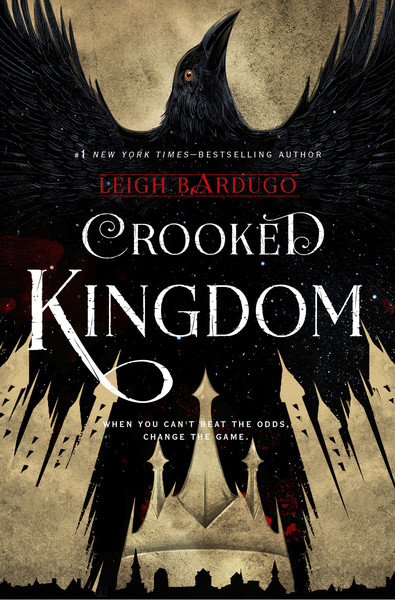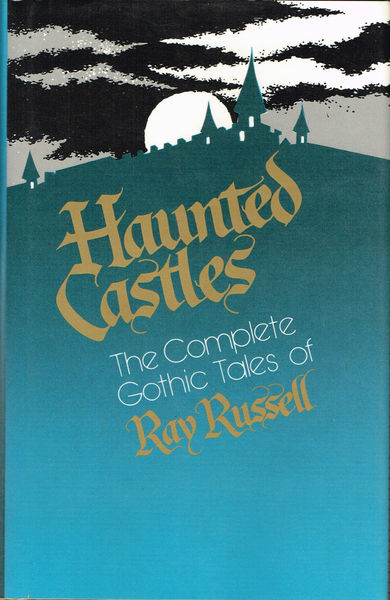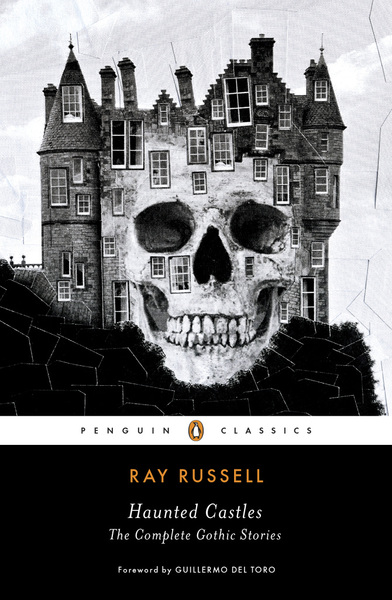New Treasures: Dead Boys by Gabriel Squailia
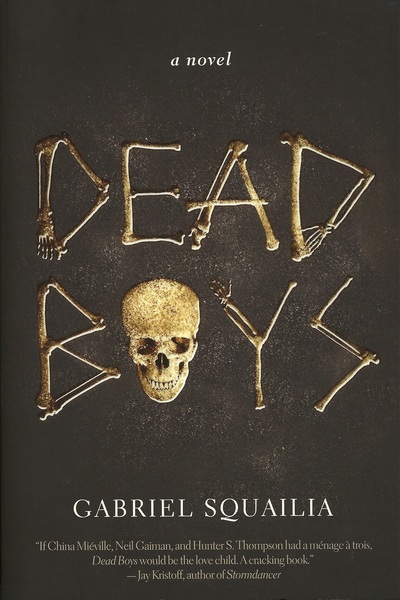 |
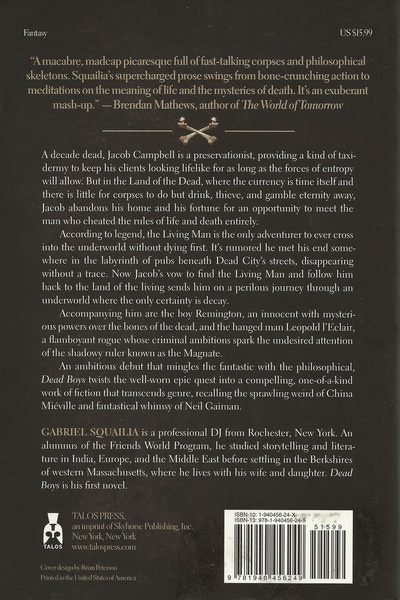 |
Sometimes I want to settle down with a straightforward adventure fantasy novel. And sometimes… sometimes I want something a bit more off the wall. Something like Gabriel Squailia’s debut novel Dead Boys, in which Jacob Campbell sets off across the Land of the Dead, accompanied by a boy with strange powers over bones, and the hanged man Leopold l’Eclair, searching for the Living Man, the only adventurer to cross the underworld while still alive.
Author Brendan Mathews calls it “A macabre, madcap picaresque full of fast-talking corpses and philosophical skeletons,” and Publishers Weekly praises it for its “Exquisite worldbuilding alongside a mix of humor and philosophy… This underworld is a fascinating city.” Sounds like just the thing I’m in the mood for.
Dead Boys was published by Talos on March 10, 2015. It is 278 pages, priced at $15.99 in trade paperback, and $9.99 for the digital edition. The cover was designed by Brian Peterson. Click the images above for bigger versions.
 Saturday, July 23, was going to be a long day for me at the Fantasia film festival, filled with some tough choices about what to watch. Some of those choices were clarified early on, when thanks to the good work of the people at Fantasia I was able to watch a screener of Assassination Classroom: The Graduation. That resolved a schedule conflict later in the day, and just after noon I’d see my first theatrical screening: Nova Seed, a Canadian animated feature that was playing with an almost half-hour-long short film from Mexico, Revoltoso. After that I had a couple hours until the next set of movies, and I planned to get a good meal. This did not happen. Instead I’d end up taking a test drive of the future — or what seems to me like the future, or at least like a future.
Saturday, July 23, was going to be a long day for me at the Fantasia film festival, filled with some tough choices about what to watch. Some of those choices were clarified early on, when thanks to the good work of the people at Fantasia I was able to watch a screener of Assassination Classroom: The Graduation. That resolved a schedule conflict later in the day, and just after noon I’d see my first theatrical screening: Nova Seed, a Canadian animated feature that was playing with an almost half-hour-long short film from Mexico, Revoltoso. After that I had a couple hours until the next set of movies, and I planned to get a good meal. This did not happen. Instead I’d end up taking a test drive of the future — or what seems to me like the future, or at least like a future.
